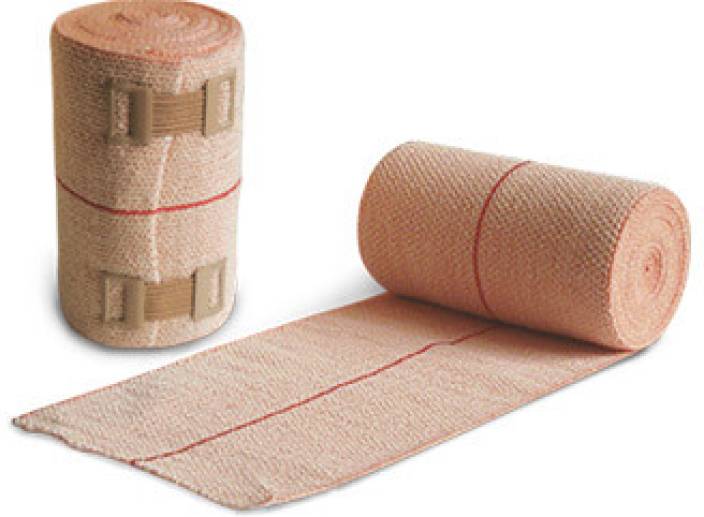Project Report For Cotton Bandage Manufacturing
Introduction
The project report for Cotton Bandage Manufacturing is as follows.
Cotton bandage rolls are woven cotton bandage rolls with a simple weave that is perfect for support dressings. Cotton bandage rolls are classified as per their purity criteria, thread counts, sterility, and manufacturing procedure.
A Cotton bandage is a roll of gauze that is often used for wound and surgical dressings. In some applications, fibre length (tensile strength), weight (grammes per square metre), mesh (threads per inch), and absorbency are used to identify these materials.
Strong woven cotton bandage rolls, for example, are essential in some surgical operations because they give exponential strength and better protection.
Project Report Sample Of
Cotton Bandage Manufacturing
Get Completely Custom Bankable Project Report
Furthermore, for enhanced drainage and absorbency, some types of dressings may require loosely woven Cotton bandage rolls. The majority of gauze bandage rolls are constructed of cotton, however, some are also woven with other materials (synthetic fibers (rayon), plastic film coatings) in addition to cotton.
Cotton bandage rolls are made from a variety of materials (oxidized cellulose) and chemically treated to make them more absorbent and hemostatic, depending on the purpose. Gauze bandage rolls come in a variety of sizes and forms, and they’re used to compress, inhibit mobility, and absorb secretion on the afflicted area.
Cotton bandage rolls operate by providing support and compression to keep the dressing in place. High-bulk gauze bandage rolls are manufactured with six or more layers of gauze to provide additional protective cushioning during dressing administration.

Gauze bandage rolls have a number of benefits, including excellent drainage and absorbency, as well as ease of use in topical pharmaceuticals. However, they also have a number of drawbacks, including the need for frequent changing, as well as shredding and adhesion of the material to the affected areas.
Surgical bandages are items made from suitable-quality white bleached cotton gauge cloth. These come in a variety of lengths ranging from 3 meters or 4 meters and widths ranging from 2.5 cm to 15 cm. These are primarily utilized in hospitals and dispensaries to tie wounds following dressing. Bandages hold dressings in place to apply pressure or offer support. They can be hard after being shaped for immobilization, or they can become inelastic or elastic. Doctors and Jauhrus mainly utilize surgical cotton to clean and bandage wounds.
Additionally, tailors use it to insert pads inside wool suits, etc., and artists utilize it to create novelty objects. Of course, the majority of the surgical cotton produced in India is consumed by doctors.
Market Potential Of Cotton Bandage Manufacturing
Gauze bandage roll sales are expected to increase at a CAGR of 5.1% during the forecast period. During surgical procedures, gauze bandages are utilised as dressings to increase protection and offer exponential strength. An increase in surgical operations and a rise in chronic wounds are a couple of the variables impacting the market’s overall growth.
Expenses

Product Cost Breakup

Reveneue Vs Expenses

Market Trend

The growth of the global Cotton bandage rolls market is mainly driven by an increasing number of surgical procedures on the global level.
As per the National Center for Health Statistics, almost 48 million surgical inpatient operations were performed in the United States alone in 2009, and this number is expected to rise with time and population.
The most prevalent surgical treatment is musculoskeletal surgery, which accounted for over 5.2 million procedures in 2009, followed by skin operations, which accounted for about 1.4 million. Furthermore, factors such as an increase in the prevalence of chronic wounds and an increase in life expectancy are propelling the gauze bandage rolls market forward.
Surgical bandages are items made from suitable-quality white bleached cotton gauge cloth. These come in a variety of lengths ranging from 3 metres or 4 metres and widths ranging from 2.5 cm to 15 cm. These are primarily utilised in hospitals and dispensaries to tie wounds following dressing. Bandages hold dressings in place to apply pressure or offer support. They can be hard after being shaped for immobilisation, or they can become inelastic or elastic. Doctors and Jauhrus’s mainly utilise surgical cotton to clean and bandage wounds.
Additionally, tailors use it to insert pads inside wool suits, etc., and artists utilise it to create novelty objects. Of course, the majority of the surgical cotton produced in India is consumed by doctors. As per the National Center for Health Statistics, about 48 million surgical inpatient operations were conducted in the United States alone in 2009, a figure that is likely to climb as the population grows. Musculoskeletal surgery, which accounted for approximately 5.2 million procedures in 2009, is the most common surgical procedure, followed by skin surgeries, which accounted for around 1.4 million.

